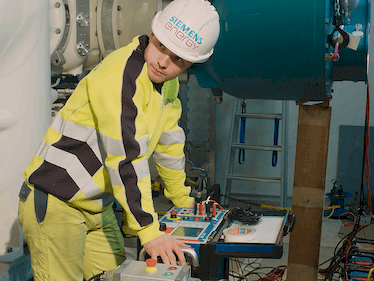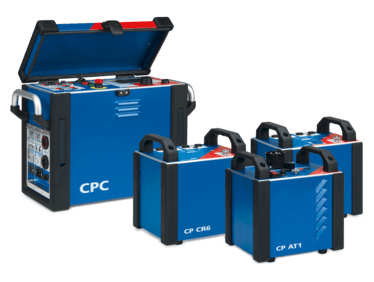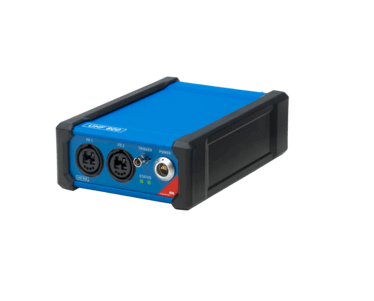
How to perform the voltage withstand test of your GIS with less effort
Substations are increasingly being designed, adapted or expanded with gas-insulated switchgear (GIS). There are various reasons for this trend towards GIS, such as better protection of the system components against aging processes, contamination or corrosion. The associated reduced need for maintenance of the components and the longer service life can be translated into lower operating costs in the long term. Very often, however, the often most important reason is the significantly lower space requirement. A GIS can get by with a fraction of the space required for an air insulated system. Wherever space is either very expensive or simply not available in sufficient quantities, such as in cities, on platforms or underground, GIS are often the only option.

A HIPOT test, or high potential test, is a high voltage test that is made to test the voltage withstand capability of the insulation of the GIS.
In the applicable standard, the IEC 62271-203, the test is also called power-frequency voltage test. The GIS must be installed completely and gas-filled at rated filling density during the test. If the GIS is extended with new parts, these shall again be subjected to a dielectric test on site. The test is passed if the insulation can withstand the withstand voltage for 60 seconds, with test frequencies ranging from 10 to 300 Hz.






